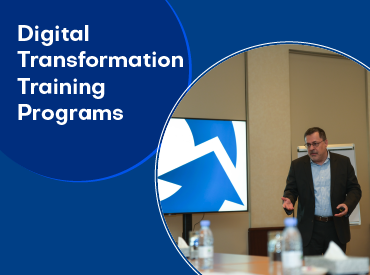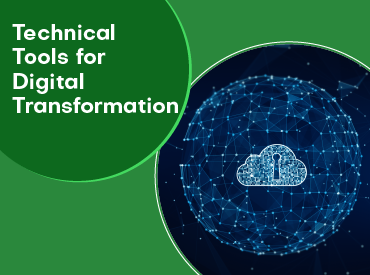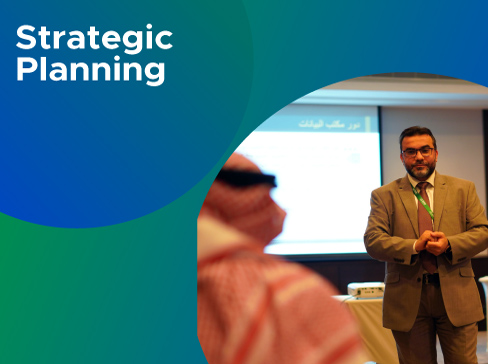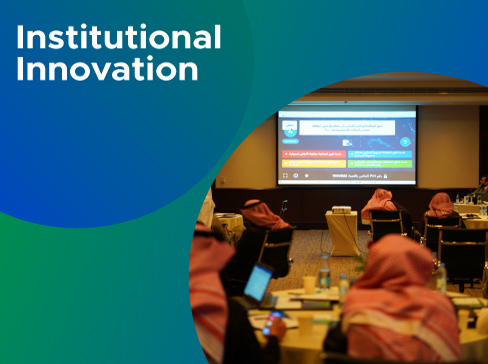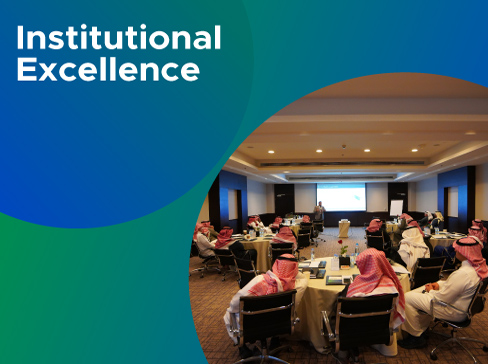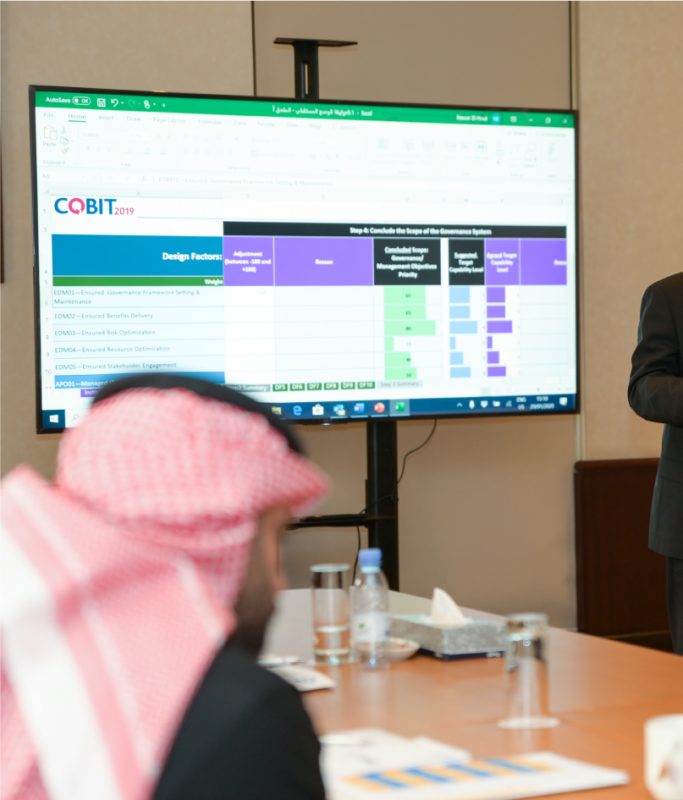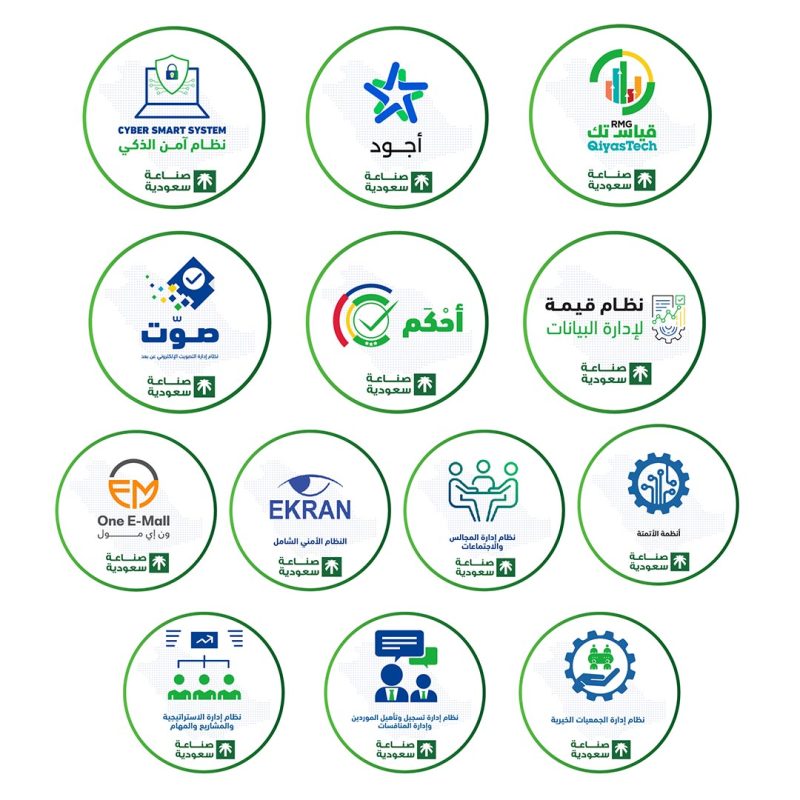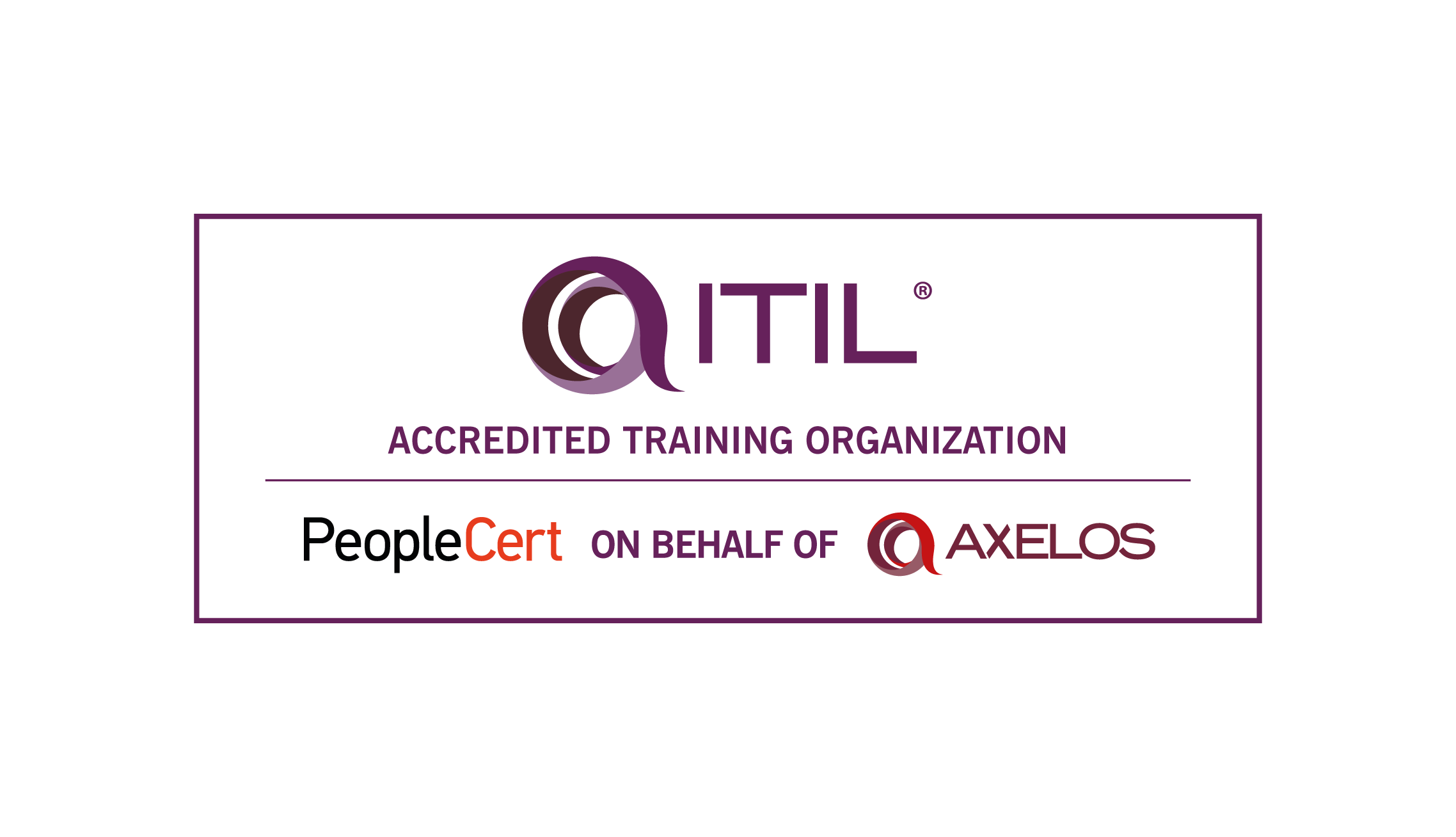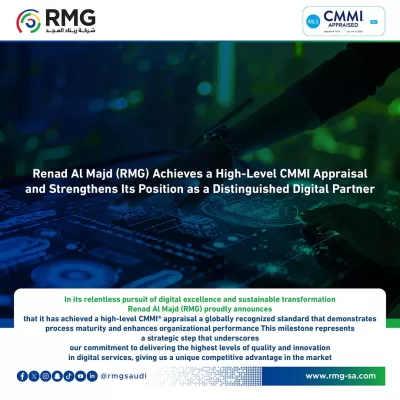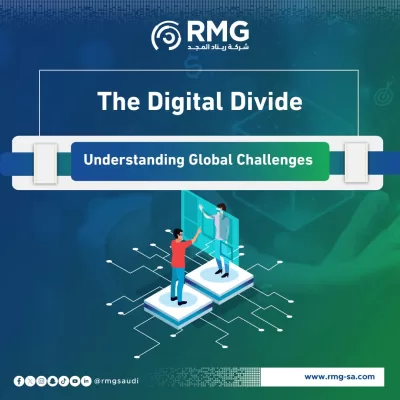“ITIL® and the Swirl logo™ are a trade mark of AXELOS Limited, used under permission of AXELOS Limited. All rights reserved.” so what is ITIL?
In the past, companies used to create their ITSM systems, but due to increasing reliance on information technology within institutions and companies; Problems such as inconsistency between organizations and the increase in administrative confusion over how to manage IT services within the same organization have become emerging and from here the organizations’ need for unified standards that help companies cope with technological change according to scientific foundations.
This is what the UK government’s Information and Communications Authority has sensed, as it has developed a set of recommendations and practices for managing IT services optimally, and these practices have been called the Information Technology Infrastructure Library (ITIL).
The ITIL is a common and frequently used term in the management world, and many people want to know more about this specialty and how to delve into it. Therefore, we offer you this article to delve deeper together into the world of IT services management and how to design a system that maintains those services.
What is ITSM?
Information Technology Services Management (ITSM) is a set of policies, processes, and procedures for managing the implementation, improvement, and support of customer-oriented IT services. And this term comes Contrary to other IT management practices that focus on devices, networks, or systems, the term ITSM aims to continuously improve IT customer service in line with business objectives.
Briefly, ITSM is the craft of implementing, managing, and providing information technology services.
What is ITIL:
An acronym for Information Technology Infrastructure Library, which is a framework consisting of a set of files and educational books describing the best practices for providing and facilitating Information Technology Service Management (ITSM), and “Libraries” is a set of comprehensive guidelines, books, advisory tools and software that are used to create a service management system and provide A guided approach for enterprises on how to use information technology as a tool to facilitate business, transformation and growth.
ITIL History:
The first book related to the Information Technology Infrastructure Library was published in 1989, and the number of books after that increased rapidly to reach 30 books related to the first version of ITIL.
Then the second version of ITIL was released and the number of books in it was reduced to 8 books, to make it accessible and affordable for everyone, these books included guidance for managing the various aspects of managing IT services. The main and common matter until now is the management of the service (meaning the service of providing information technology services and providing the necessary technical support for them).
ITIL v2 was discontinuing in 2011, and the third version, which was released in 2007, and began working, as it now consists of 5 books.
What is the latest version of ITIL?
Since 2013, AXELOS has become the owner of ITIL and is responsible for its modernization, and it has updated ITIL and made the fourth version of it (ITIL V.4), and the company has sought to provide a more comprehensive picture, tools, and more advanced standards to truly contribute in business value, focusing on promoting digital transformation, artificial intelligence AI, Cloud Computing, and DevOps, as well as, facilitating shared value-of-service (SVS) system.
ITIL 4 was released in 2019, the Foundation of ITIL 4 certification has become available to obtain, and planning for the remaining ITIL 4 certification levels and tracks was completed in the second half of 2019.
ITIL Version 4 consists of 34 practices, which are defined as specific resources and activities to perform a job or achieve a goal, and are divided into three categories:
- General Management Practices: Includes best practices of project management, enterprise risk, information security, continuous improvement, workforce and resources, and relationships with partners and suppliers.
- Service management practices: It includes practices for how to analyze business, how to design a service, how to make service characterized by continuity, how to create a service desk, monitoring and incident management, and how to enable organizational change and manage IT assets.
- Technical management practices: This includes practices that cover the development and deployment of services, and how the infrastructure and basic system are developed.
ITIL Principles:
ITIL has several basic principles, and the main ITIL’s principles are:
- Deliver maximum value to clients.
- Improving resources and capabilities.
- Provide helpful and reliable services.
- Planning processes with specific goals in mind.
- Clearly define the roles for each task.
ITIL stages:
The ITIL framework is divided into five phases:
- Service strategy: It assists organizations in setting business goals and developing a strategy to meet customer requirements and priorities.
- Service Design: This stage includes process and function design processes, such as designing service management processes, infrastructure, and products.
- Service Deployment: In this stage, the emphasis is placed on maintaining the stability of the service while propagating the new organizational change. It involves managing risk and keeping it under control so that there is no interruption in any ongoing services.
- Operation of the service: In this stage, the service is running, in addition, to ensure that the daily operational tasks are running smoothly, and also this stage is responsible for monitoring the infrastructure and services related to the applications.
- Continuous Service Improvement: This stage is for quality checks aimed at continuous improvement of processes in an incremental manner. This occurs throughout the service life cycle.
The main benefits of ITIL:
ITIL certification helps to know the concepts, terminology, and processes that are widely used to improve the growth and advancement of institutions and companies, many establishments in all business sectors seek to implement ITIL as a necessity to stay in a competitive environment. There are 7 main benefits classified by most certified experts, including benefits for individuals and benefits for institutions:
Benefits for institutions through applied ITIL:
ITIL provides a systematic and professional approach to managing IT services, and it offers the following benefits:
- Reducing IT costs.
- Improving IT services through the use of proven best practices.
- Improving customer satisfaction with a more professional approach to service delivery.
- Adherence to global standards and guidelines.
- Improving productivity within establishments.
- Optimizing skills and expertise.
- Improving opportunities for providing third-party services (contracting) by obtaining an international standard such as ITIL as a standard for providing high-quality services.
- Contributes to managing potential risks.
- Enhancing relationships with clients by providing effective services that meet their needs.
- Create cost-effective practices.
- Building a stable environment that helps the organization grow and change.
Benefits of obtaining an ITIL certificate for individuals:
- Works to instill confidence and improve capabilities:
Facilities need service management experts who can compete, and because the quality of the service delivery depends on the capabilities of the employees involved, ITIL certification has designed courses to produce highly trusted service managers with enhanced capabilities to meet challenges.
- It works to make the holder of the certificate a major contributor to the growth of the enterprise:
ITIL certification helps make operations more cost-effective by optimizing the use of available resources because ITIL certification improves efficiency, productivity, and the ability to build better relationships with clients within the facility, and the holistic approach provided by ITIL helps in obtaining a return on investment. Better taking into account the risk factors that help the organization achieve sustainable growth.
- Helps with career enhancement:
Certification enables access to many opportunities, because the successful completion of an ITIL course gives internationally recognized qualifications and experiences, and the salaries of ITIL certificate holders are among the highest in the field of management and information technology, in addition to project managers receive a salary increase of 15% after Get ITIL certified.
The ITIL Disadvantages:
- Implementing and improving ITIL processes can take years to fully complete.
- The short-term return from implementing ITIL practices is relatively small.
- Changes mandated by ITIL practices can disrupt existing services and infrastructure.
Abstract:
The ITIL framework is a set of ITSM (Information Technology Service Management) best practices, used to assist organizations/companies in aligning IT service delivery processes with business objectives. In this article, we learned about: the definition of ITIL, its history, and the benefits for organizations and individuals.
Share us in the comments your opinion about ITIL and do you find it so important?






